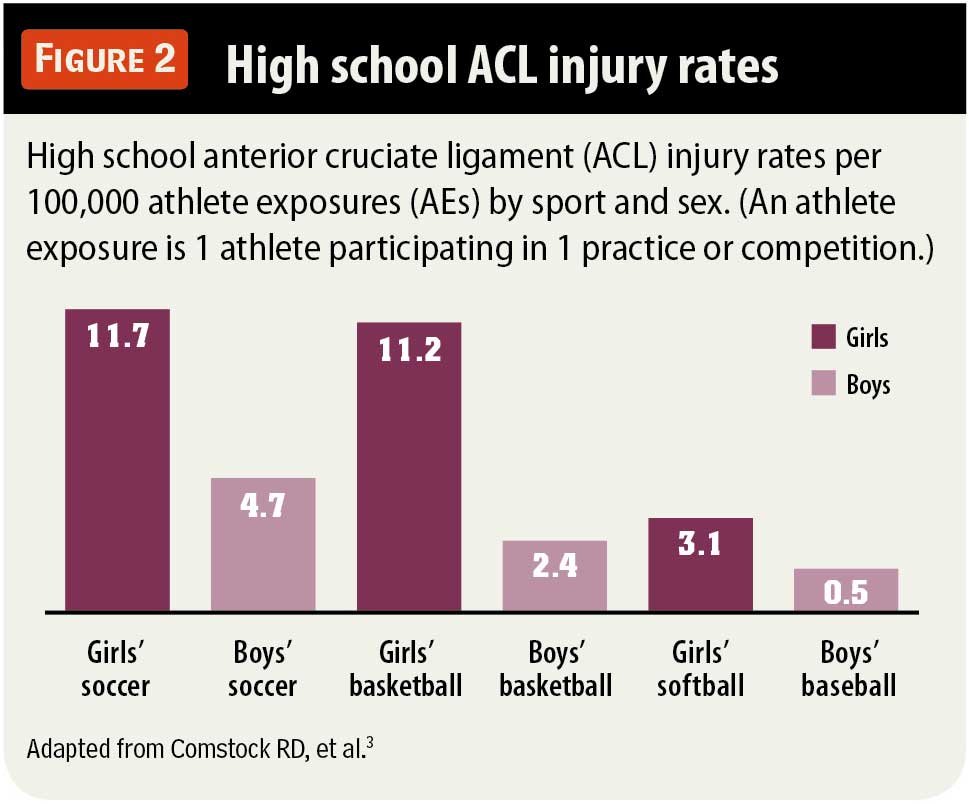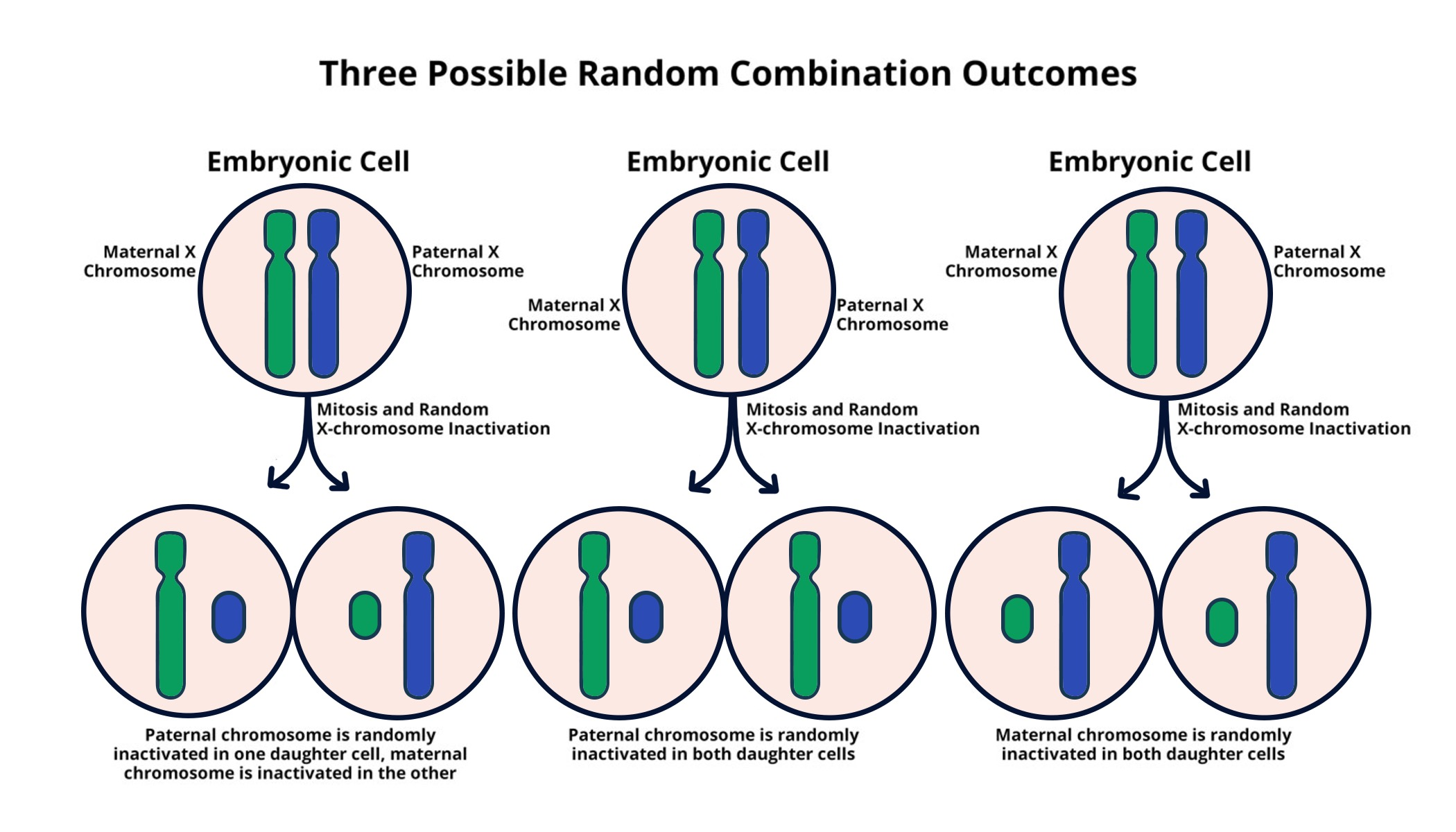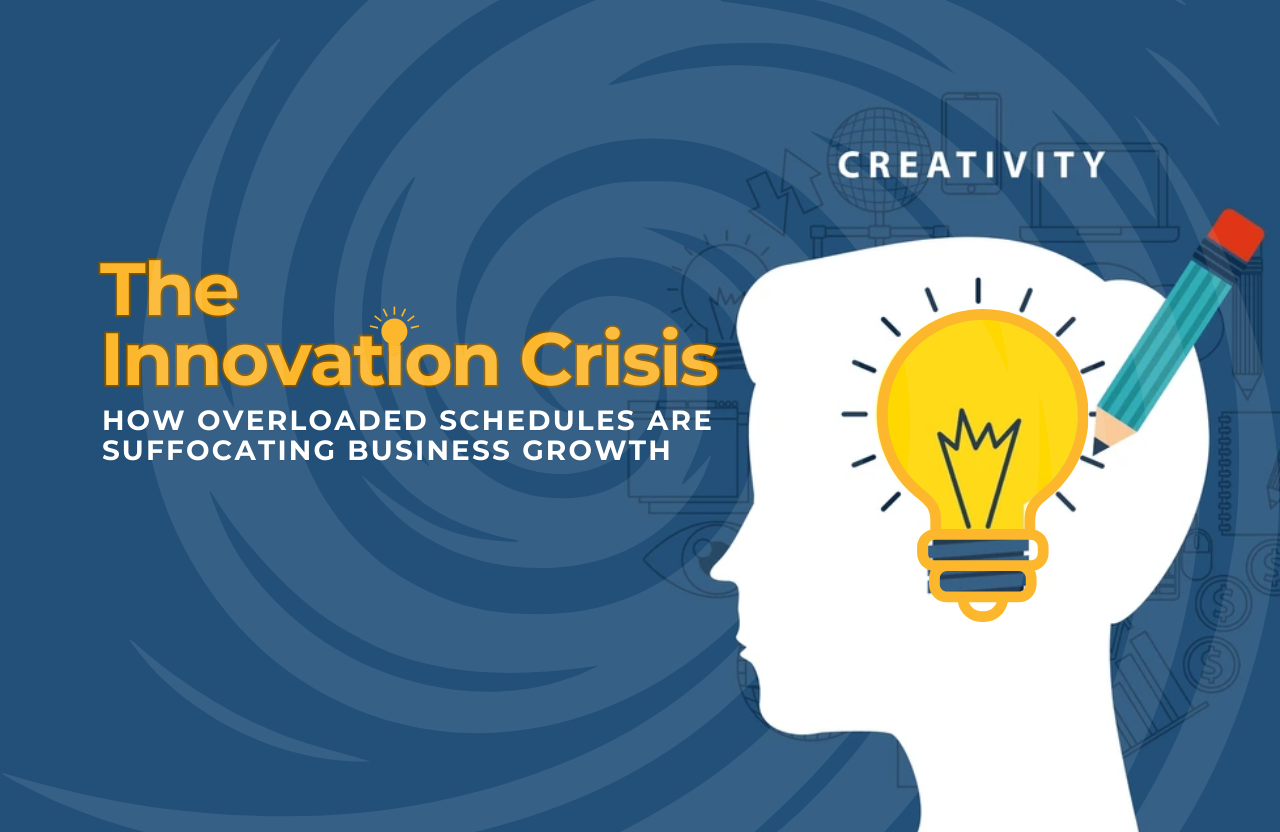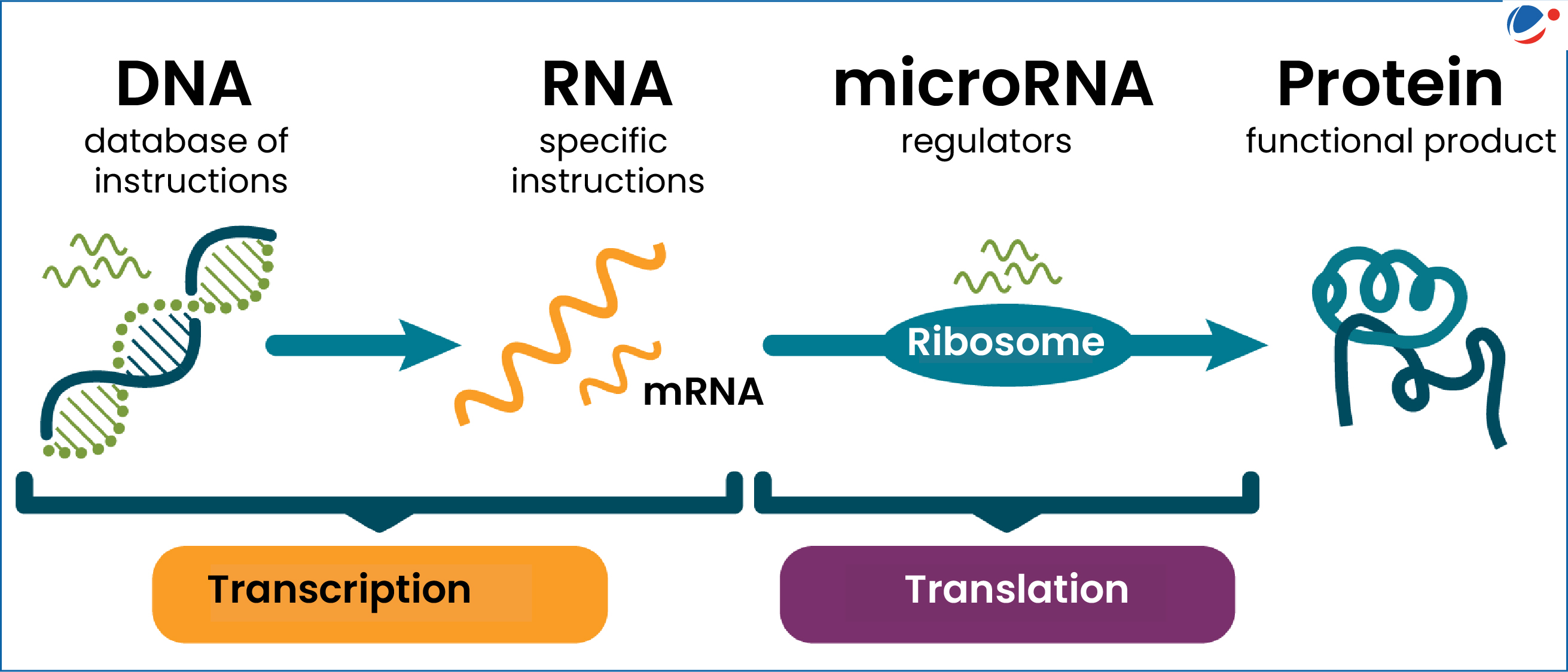ACL Injury Rates in Women Athletes: A Closer Look
The rates of ACL injuries in women athletes have drawn significant attention in recent years, highlighting a concerning trend within the realm of sports medicine. Research indicates that female athletes experience ACL tears at a rate 1.7 times higher than their male counterparts, underlining a stark reality of gender differences in sports injuries. This disparity raises important questions about the reasons behind women athletes’ ACL injury rates, particularly as discussions often attribute these injuries to biological factors such as hormonal differences or anatomical variations. However, emerging studies challenge this narrative, suggesting that social and structural factors—such as inequities in training resources and opportunities—play a crucial role in these injury statistics. Consequently, advancing ACL injury prevention for female athletes requires a multifaceted approach that considers both biological and socio-economic elements to effectively reduce female athlete injury rates.
Examining anterior cruciate ligament (ACL) injuries among female competitors reveals critical gender-related disparities worth investigating. While the traditional perspective often lays blame on inherent physiological differences, recent insights suggest that external influences, such as systemic biases in sports science and training resources, significantly contribute to the heightened incidence of ACL tears. Studying female athletes’ injury risks demands a nuanced understanding of the intersection between biology and societal factors, as these complexities shape the landscape of sports performance. The ongoing discourse around female athlete injury rates illuminates the need for comprehensive research that addresses both the sports science gender bias and the broader implications for ACL injury prevention. Through a better understanding of these underlying elements, stakeholders can work towards more equitable strategies that mitigate risks and enhance the safety of women athletes.
Understanding ACL Injury Rates in Women Athletes
The anterior cruciate ligament (ACL) injury rates among women athletes have garnered significant attention in recent years, particularly due to their troubling statistic of being 1.7 times higher than that of men. This disparity has often been attributed to biological factors, such as hormonal differences and anatomical structure. However, recent research challenges this notion by highlighting the impact of social and structural factors in the realm of sports—an area historically plagued by gender biases. Women athletes typically participate in smaller teams and train less frequently compared to their male counterparts, leading to skewed injury exposure metrics that fail to account for these disparities.
Moreover, ACL injuries are more likely to occur during competitive situations. Women, who may average less time spent in active competition due to smaller rosters, face increased risks simply by virtue of their environment. The research emphasizes that focusing solely on biological determinants without acknowledging the social constructs surrounding women’s sports disregards the multifaceted nature of injury rates. Therefore, understanding ACL injury rates in women athletes requires a critical look at how gender differences in sports injuries are quantified and reported.
The Influence of Gender Bias in Sports Science
Gender bias has long been embedded in sports science, influencing how female athletes’ injuries are understood and reported. Traditional measurements of athlete-exposures have insufficiently captured the nuances of women’s sports, resulting in misleading conclusions about their risk levels. For instance, the common practice of extrapolating injury rates based on team rosters without paying attention to the unique dynamics of female team sizes diminishes the validity of the analysis. This bias inadvertently affects funding, training resources, and injury prevention strategies available to women athletes.
The need for a paradigm shift in sports science is paramount. By questioning existing metrics and pushing for data that more accurately represent the conditions surrounding female athletes, researchers are advocating for improvements that can lead to better injury prevention strategies. This includes a call for more inclusive data on access to training, rehabilitation, and facilities that cater specifically to women’s teams. Addressing these biases is crucial for developing equitable solutions in sports and optimizing performance while minimizing injury risks.
Exploring ACL Injury Prevention Strategies
ACL injury prevention strategies are crucial for reducing the incidence of injuries among women athletes. Innovative approaches that account for the specific needs of female athletes are necessary, particularly considering their unique physical and environmental factors. Programs that prioritize strength and conditioning, educate athletes about their specific risks, and enhance their understanding of body mechanics are essential in promoting greater resilience in women athletes. By addressing these areas, we can work toward lowering the high rates of ACL injuries that affect women.
Furthermore, integrated training programs that combine agility, neuromuscular training, and sport-specific skills have shown promise in reducing injury rates among women athletes. These injury prevention protocols can be tailored to include the intricacies of female biology as well as the prevailing gender disparities in sports settings. By fostering an environment that emphasizes injury prevention through tailored training, both athletes and coaches can reap the benefits of reduced injury rates while empowering women in sports.
Reevaluating Injury Statistics: The Case for Individual Measurement
One of the critical insights from recent research is the necessity to reevaluate how injury statistics are calculated. Traditional practices, which often average out statistics across entire teams or leagues, can obscure significant gender differences in sports injuries. For example, by not measuring athlete-exposures at the individual level or taking practice time into account, the true risk levels faced by women athletes remain hidden in broad averages. Individual measurements are essential for identifying how underinvestment in women’s sports correlates to higher injury rates, urging stakeholders to take deliberate actions to rectify these imbalances.
Adopting a more granular approach to monitoring athlete-exposure can empower sports scientists and administrators to develop precise injury prevention strategies. By correlating individual training loads and competition participation, they can better assess performance and resilience in female athletes. This tailored approach not only provides accurate data but also guides interventions that can enhance safety and performance in women’s sports, ultimately contributing to a more supportive framework that recognizes the intrinsic value of female athletes.
The Role of Social Factors in ACL Wound Rates
The intersection of social factors and ACL injury rates is a crucial aspect often overlooked in discussions about women athletes. Research has shown that societal expectations and funding disparities can lead to structural disadvantages for female athletes, resulting in higher injury rates. When female athletes train in less optimal conditions and have limited access to quality facilities and coaching, their risk of injury increases significantly. Consciously addressing these inequalities is essential for fostering a healthy sporting environment that prioritizes women’s athletic development.
Moreover, the allocation of resources plays a substantial role in injury prevention. Women’s sports programs often operate with inadequate funding compared to their male counterparts, which can hinder their access to vital resources such as physiotherapy and injury prevention education. Therefore, as we explore ACL injury rates, it is imperative to advocate for equitable investments in women’s sports. By bridging this gap, we can contribute significantly to lowering ACL injuries and enhancing the overall athletic experience for women.
Highlighting the Importance of Training and Conditioning
Effective training and conditioning routines are essential components of ACL injury prevention in women athletes. Research indicates that incorporating sport-specific, progressive training regimens can significantly reduce the likelihood of ACL injuries. These programs should emphasize core strength, proprioception, and proper landing mechanics tailored to the unique biomechanics of female athletes. By focusing on these areas, coaches and trainers can significantly improve athletes’ performance while reducing their injury risk.
Additionally, educating athletes about their bodies and the biomechanics involved in their specific sports can foster conscious movements and improved reaction times. Providing female athletes with the right tools and information to understand their unique vulnerabilities will empower them to take proactive steps towards their health and safety on the field. Ultimately, enhancing training and conditioning not only mitigates ACL injury risks but also builds a culture of awareness and resilience in women’s sports.
Advocating for Better Research in Female Athlete Health
Advocacy for better research into female athlete health is increasingly vital as the disparities in sports science become more evident. More nuanced studies focusing on female-specific experiences can shed light on the underlying causes of ACL injuries. By collaborating with sociologists and sports health professionals, researchers can address the multifactorial influences of gender on injury rates and prevention. This cross-disciplinary approach could lead to healthier outcomes and the development of targeted interventions that resonate with female athletes.
Moreover, establishing a dedicated initiative like the GenderSci Lab’s Sex in Motion program signals a significant step towards prioritizing women’s health in sports research. Such initiatives can facilitate comprehensive data collection and provide critical insights into how gender-related factors influence injury rates and recovery. By maintaining a focus on these dimensions, we can pave the way for strategic actions that enhance the performance, safety, and overall well-being of female athletes.
Fostering Collaboration for Injury Prevention
Collaboration among various stakeholders in women’s sports is crucial for effective injury prevention strategies. Coaches, sports scientists, athletic therapists, and athletes must work together to create comprehensive programs that specifically address the needs of female athletes. Sharing knowledge and best practices to develop tailored training regimens can lead to more effective injury prevention protocols that cater to the unique challenges faced by women athletes.
Furthermore, fostering a culture of open communication among these stakeholders ensures that female athletes feel heard and supported in discussing their injury risks and concerns. Encouraging athletes to provide input can lead to more responsive coaching strategies and improved training environments. Ultimately, collaboration not only enhances the safety and performance of women athletes but also empowers them, fostering a more inclusive and equitable sporting landscape.
The Future of Women’s Sports: Equity and Safety
The future of women’s sports hinges on addressing the long-standing issues of equity and safety. To effectively reduce ACL injury rates and improve overall health outcomes for female athletes, systemic changes are essential. Additionally, amplifying the discussion around gender biases in sports can lead to improved funding, greater visibility, and an increased commitment to invest in women’s programs. Greater equity will spur a cascade of benefits, enabling female athletes to reach their potential without the looming worry of preventable injuries.
As we look ahead, ongoing research and advocacy must remain at the forefront of efforts to enhance the landscape of women’s sports. By championing inclusive practices and investing in comprehensive injury prevention strategies, sports organizations can ensure a healthier, safer, and more rewarding environment for women athletes. Creating pathways that prioritize well-being in conjunction with performance will ultimately reshape the narrative around women in sports, inspiring future generations to enter fields free from the constraints of gender bias.
Frequently Asked Questions
What are the primary reasons for higher ACL injury rates in women athletes?
Higher ACL injury rates in women athletes can be attributed to a combination of social factors and biological differences. Recent studies highlight that women often participate in smaller teams and experience more competitive situations, leading to a higher risk of ACL injuries. Moreover, traditional metrics of measuring athlete-exposure may introduce bias, failing to account for team size and competition levels.
How do hormonal differences contribute to ACL injuries in female athletes?
While hormonal differences have been theorized to affect ligament strength in women athletes, recent research challenges this notion. It emphasizes that ACL injury rates are not solely due to biological factors but also influenced by social dynamics and participation rates in women’s sports.
What role does team size play in ACL injury rates among female athletes?
Team size significantly impacts ACL injury rates in female athletes. Smaller rosters lead to higher individual exposure during competitive events, increasing injury risks. This is particularly evident when comparing injury statistics between men’s and women’s sports with differing team sizes.
Can ACL injury prevention strategies be gender-specific?
Yes, ACL injury prevention strategies can be tailored to address gender-specific risks. Research suggests that understanding the unique challenges faced by women athletes, such as lower access to training resources and differing competition levels, can help in developing effective injury prevention programs.
What are some recommended practices for reducing ACL injuries in women athletes?
To reduce ACL injuries in women athletes, it is recommended to implement comprehensive training programs that include strength and conditioning, sport-specific drills, and injury prevention exercises. Additionally, increasing awareness around team dynamics and providing access to high-quality facilities and healthcare resources are essential for overall athlete well-being.
How do gender differences in sports injuries affect female athlete injury rates?
Gender differences in sports injuries, particularly concerning ACL injuries, point towards higher rates in female athletes due to various factors such as social support, training exposure, and resource allocation. Acknowledging these factors is crucial for addressing disparities and refining injury prevention methods for women athletes.
What is the significance of ‘athlete-exposure’ in measuring ACL injury rates?
‘Athlete-exposure’ refers to the amount of time an athlete spends in training or competition. In measuring ACL injury rates, this metric is vital, yet it must be calculated with caution to accurately reflect individual risk factors, especially as traditional measures may overlook gender-specific dynamics.
How can sports science mitigate gender bias in ACL injury research?
To mitigate gender bias in ACL injury research, sports science must adopt more inclusive metrics that account for gender differences, such as improved athlete-exposure calculations, and focus on social factors that impact participation rates and resource availability in women’s sports.
Why is it important to focus on ACL injuries in women athletes specifically?
Focusing on ACL injuries in women athletes is crucial due to their disproportionately high incidence rates compared to male athletes. By understanding the unique challenges faced by women in sports, tailored injury prevention measures can be developed, leading to safer athletic environments and improved health outcomes.
What insights can be drawn from recent studies on ACL injury rates in women athletes?
Recent studies indicate that ACL injury rates in women athletes are influenced not only by biological factors but also by sociocultural elements such as team size and available training resources. This underscores the importance of adopting a holistic view that incorporates both biological and social dimensions in injury research.
| Exposure Measures | Men | Women | |
|---|---|---|---|
| Roster size-based AEs | 28 | 25 | |
| Participant-based AEs | 19 | 17 | |
| Player-hours | 6 | 6 | |
Summary
ACL injury rates in women athletes have been the subject of significant research and discussion, highlighting a combination of not only biological but also social factors that contribute to their increased risk. The findings emphasize that the metrics traditionally used to track these injuries are often flawed, particularly in how they measure exposure and training. It is illustrated that biases in data regarding team sizes and training practices can obscure the true risk levels. Addressing these discrepancies is crucial for developing effective injury prevention strategies and ensuring equitable conditions for female athletes.









